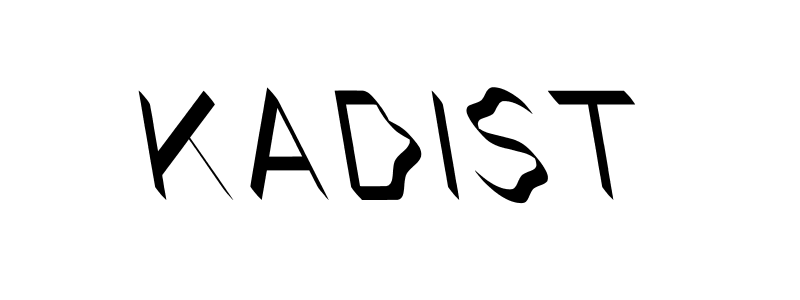Mickey Mouse
2010 - Drawing & Print (Drawing & Print)
Paul McCarthy
To make Mickey Mouse (2010), Paul McCarthy altered a found photograph—not of the iconic cartoon, but of a man costumed as Mickey. On his shoulders he supports an enormous false head, Mickey’s familiar face grinning with glossy eyes. The artist has marked out in heavy black the background of Cinderella’s castle. Robbed of his context, the character becomes the sole focus of the image, a subject of unusual scrutiny. Under this close examination, his torso and legs begin to seem strange—too human for his extremities—and his friendly wave starts to look less like that of a childhood hero and more like that of a politician. With McCarthy’s intervention, the famous mouse is upstaged by his own artificiality.
Known for his transgressive performance art pieces that often challenge social conventions, Paul McCarthy is undoubtedly one of the main figures in the West Coast contemporary art scene. Using different forms from pop culture as source material, McCarthy casts a critical look at American society and consumerism. With a particularly poignant sense humor, his works also investigate the intricacies of human psychology.
Colors:
Related works featuring themes of: » Americana, » Architecture in Art, » Color Photography, » Comic/Cartoon, » American, » Abject Art, » Body Art, » Performance Art

© » KADIST
Gregory Crewdson
2005Forest Gathering N.2 is part of the series of photographs Beneath the Roses (2003-2005) where anonymous townscapes, forest clearings and broad, desolate streets are revealed as sites of mystery and wonder; similarly, ostensibly banal interiors become the staging grounds for strange human scenarios...

© » KADIST
Trisha Donnelly
2007Untitled is a black-and-white photograph of a wave just before it breaks as seen from the distance of an overlook...

© » KADIST
Raymond Pettibon
2000Untitled (Wall Street’s Chosen Few…) is typical of Pettibon’s drawings in which fragments of text and image are united, but yet gaps remain in their signification...

© » KADIST
Regina José Galindo
La Sombra (The Shadow) is a video of Regina Jose Galindo performing with a moving Leopard tank...

© » KADIST
Martin Creed
2003This photograph of Martin Creed himself was used as the invitation card for a fundraising auction of works on paper at Christie’s South Kensington in support of Camden Arts Centre’s first year in a refurbished building in 2005...

© » KADIST
Lu Chunsheng
2004A mesmerizing experience of a vaguely familiar yet remote world, History of Chemistry I follows a group of men as they wander from somewhere beyond the edge of the sea through a vast landscape to an abandoned steel factory...

© » KADIST
Barry McGee
Barry McGee’s Untitled is a collection of roughly fifty, framed photographs, paintings, and text pieces clustered together in corner...

© » KADIST
Tuan Andrew Nguyen
2012This work presents the image of an immolated monk engraved on a baseball bat...

© » KADIST
Barbara Kasten
2008Barbara Kasten’s Studio Construct 51 depicts an abstract still life: a greyscale photograph of clear translucent panes assembled into geometric forms, the hard lines of their edges converging and bisecting at various points...

© » KADIST
Carlos Garaicoa
2010From the series the Old and the New (XI) by Carlos Garaicoa belongs to the series Lo viejo y lo nuevo / Das Alte und das Neue (The Old and the New) which was first exhibited in 2010 at Barbara Gross Gallery in Germany...

© » KADIST
Raymond Pettibon
2005The five works included in the Kadist Collection are representative of Pettibon’s complex drawings which are much more narrative than comics or cartoon...

© » KADIST
Regina José Galindo
2013In 2012, former Guatemalan President José Efran Ros Montt was charged with genocide and crimes against humanity; Regina José Galindo’s video Tierra is a chilling reimagining of the atrocities recounted during his trial...

© » KADIST
Eko Nugroho
2009Nugroho’s installations and performances have their roots in the shadow puppet rituals in Indonesia, particularly the Javanese Wayang tradition whose essence is in the representation of the shadows...

© » KADIST
Alexis Smith
1995In 8 Ball Surfboard (1995),Alexis Smith combines her long-term interests in California culture and conceptual assemblage...

© » KADIST
Alexis Smith
1990Iron Sorrows (1990) brings together what are for Alexis Smith common motifs and materials such as scavenged and repurposed metal, and street signage...

© » KADIST
Raymond Pettibon
2005The five works included in the Kadist Collection are representative of Pettibon’s complex drawings which are much more narrative than comics or cartoon...




